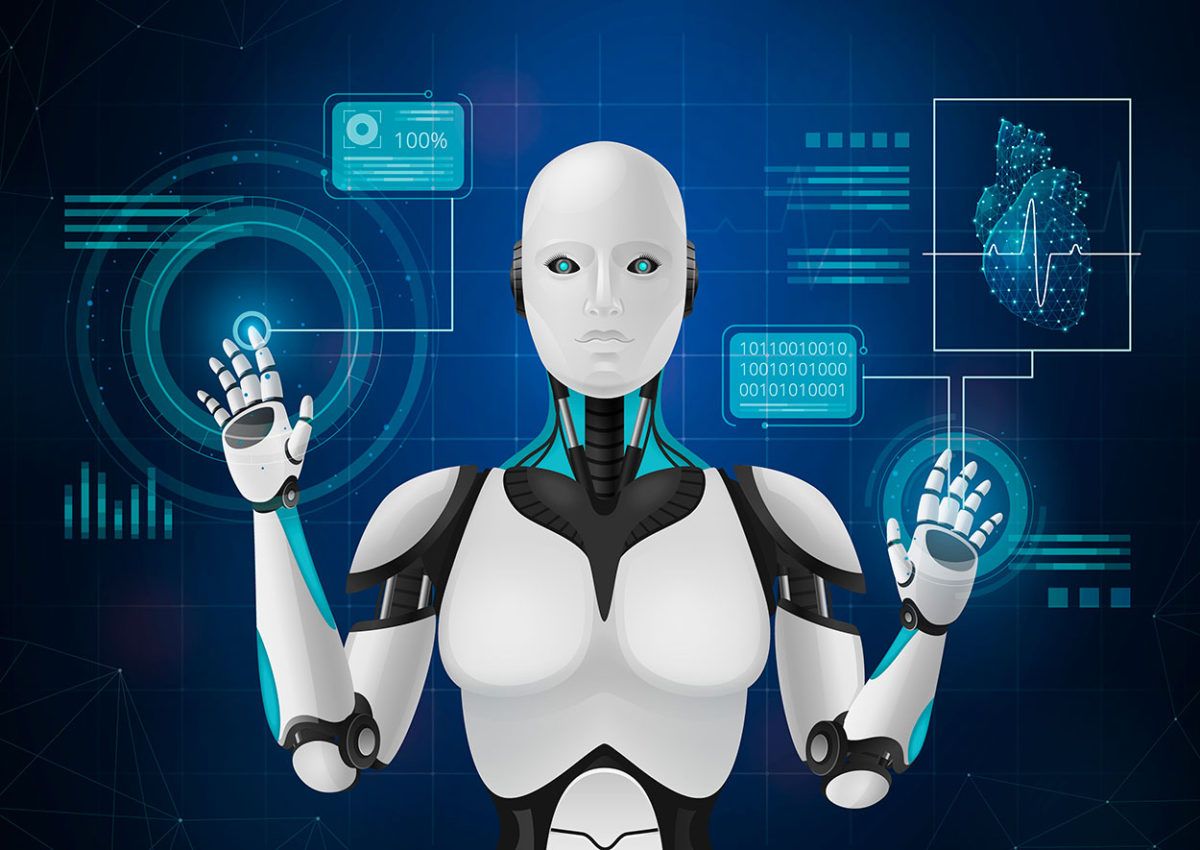Image recognition with deep learning is a key application of AI vision and is used to drive a wide range of real-world use cases today.
Image recognition with deep learning is a key application of AI vision and is used to drive a wide range of real-world use cases today.
What is image recognition?
Simply put, it is the task of identifying objects of interest within an image and recognizing to which category they belong. Photo recognition and image recognition are terms that are used interchangeably.
When we visually detect an object or scene, we automatically identify objects as distinct instances and associate them with individual definitions. However, visual recognition is a very complex task for machines.
Image recognition using artificial intelligence is a long-standing research topic in the field of computer vision. Although different methods have evolved over time, the common goal of image recognition is the classification of detected objects into different categories (also referred to as object recognition).
In recent years, machine learning, in particular deep learning technology, achieved great successes in many computer vision and image understanding tasks.
What is image recognition used for?
Across all industries, AI image recognition technology is becoming increasingly indispensable. Its applications bring economic value in sectors such as healthcare, retail, security, agriculture and many more.
Three most popular image recognition machine learning models
Thanks to the viso.ai article we were able to learn about these three most popular types of models:
Support vector machines
SVMs work by making histograms from images that contain the target objects and also from images that do not. The algorithm then takes the test image and compares the trained histogram values with those of various parts of the image to check for matches.
Feature bag models
These models, such as scale invariant feature transform (SIFT) and maximally stable extreme regions (MSER), work by taking as a reference the image to be scanned and a sample photo of the object to be found. It then attempts to match features in the sample photo to various parts of the target image to see if matches are found.
Viola-Jones Algorithm
A face recognition algorithm widely used in the era before convolutional neural networks, it works by scanning faces and extracting features that are then passed through a boosting classifier. This, in turn, generates a series of boosted classifiers that are used to check test images.
To find a successful match, a test image must generate a positive result from each of these classifiers.
Deep learning image recognition models
The most popular deep learning models, such as YOLO, SSD and RCNN, use convolution layers to analyze an image or photograph. During training, each convolution layer acts as a filter that learns to recognize some aspect of the image before moving on to the next.
One layer processes the colors, another the shapes, and so on. At the end, a composite result of all these layers is taken into account to determine if a match has been found.
This topic is quite extensive! But we have made for you a series of articles with compressed information that will teach you everything you need to know about image recognition.
Stay tuned and don’t miss it!
